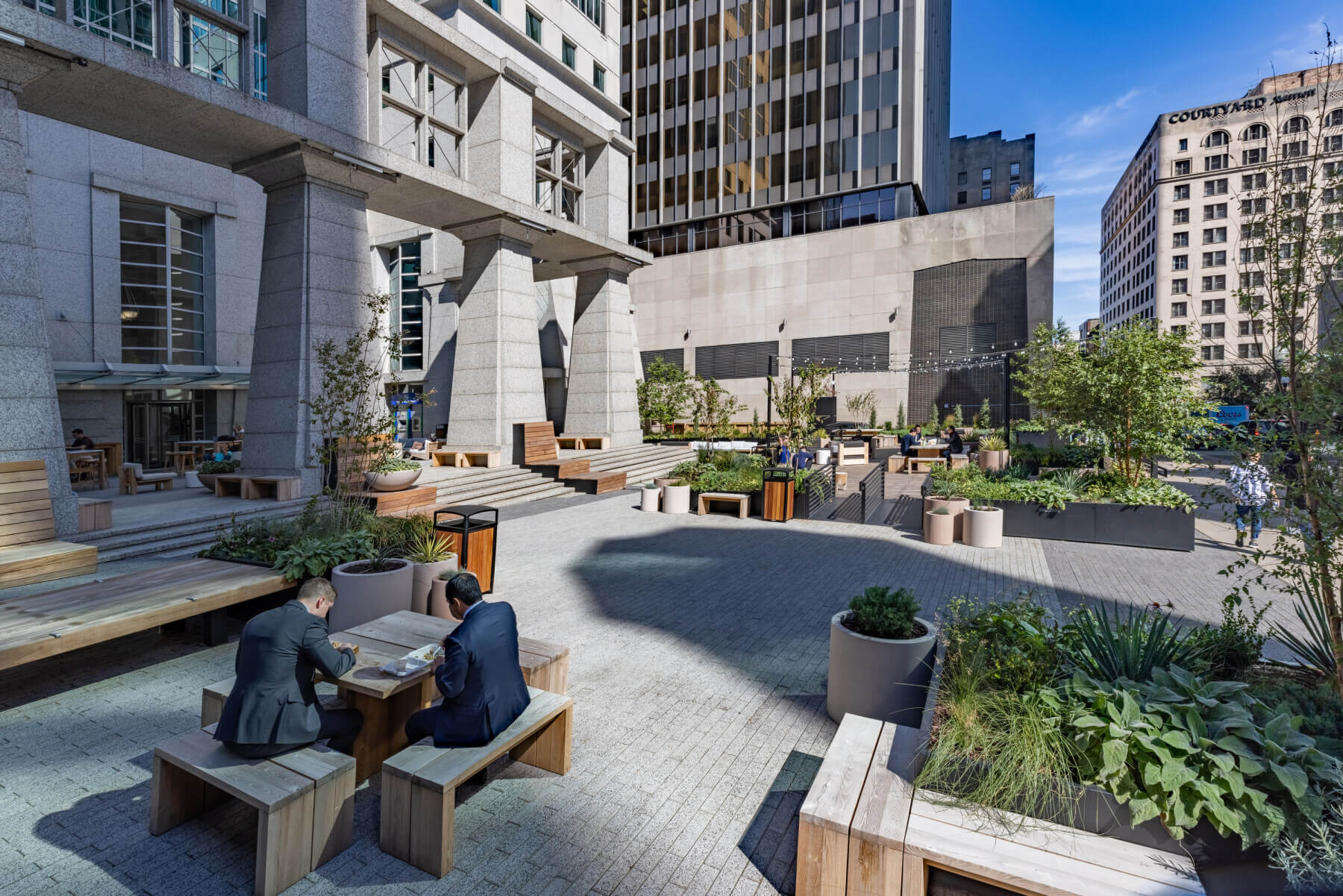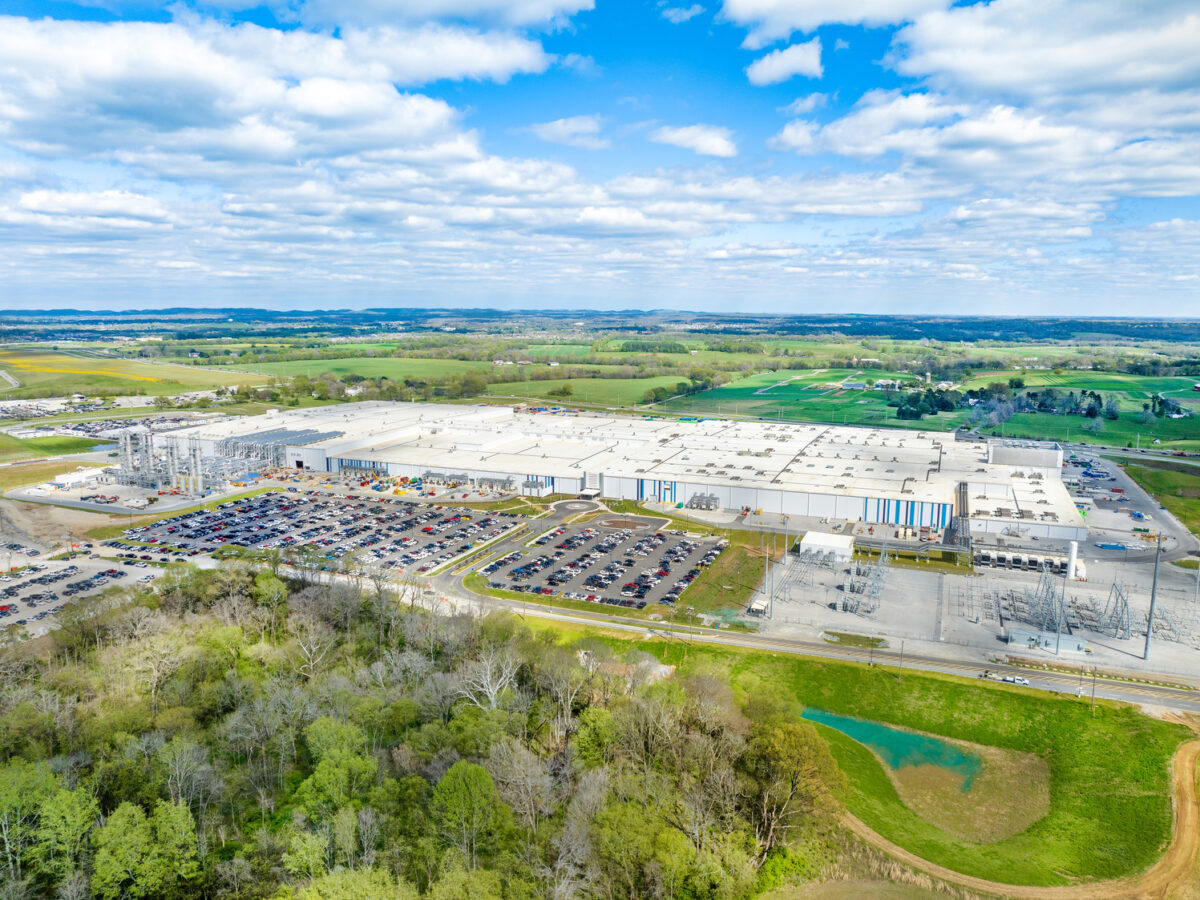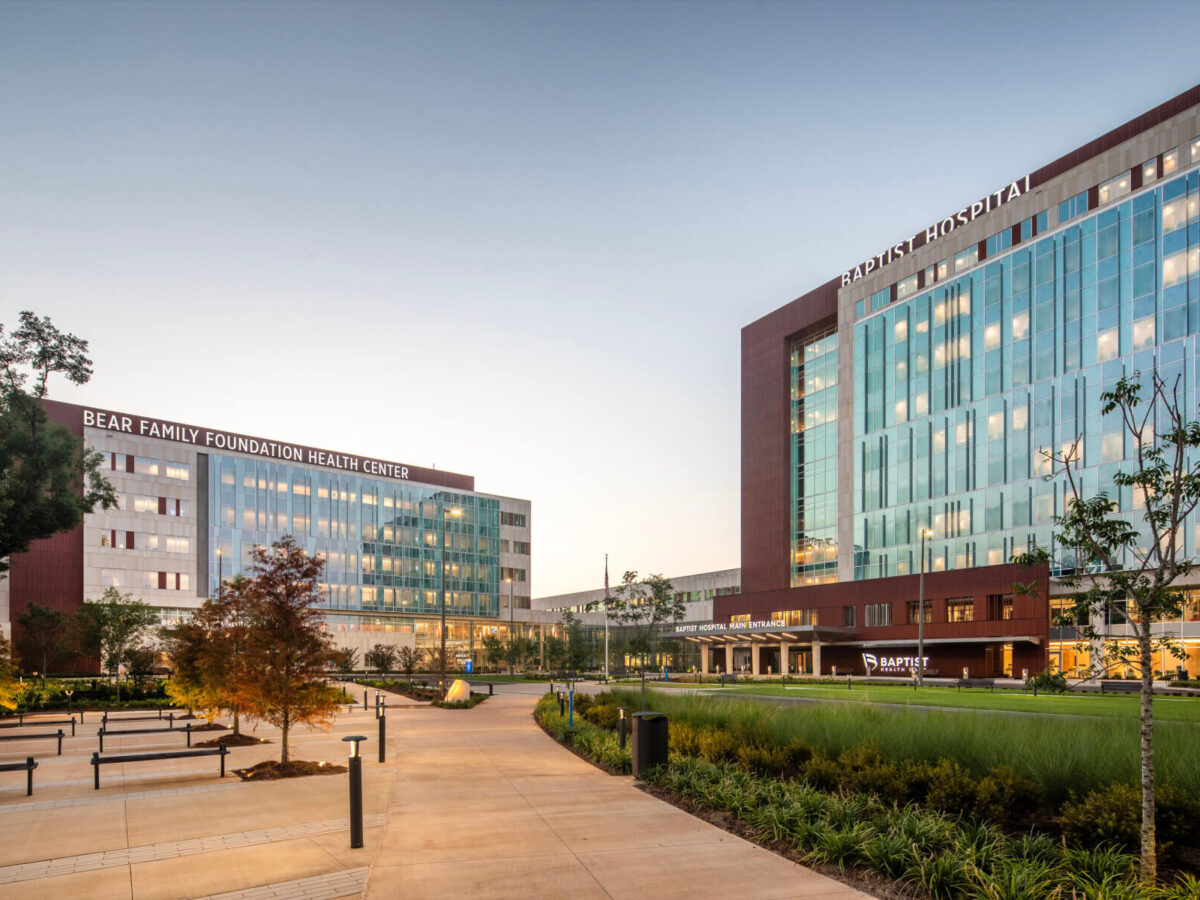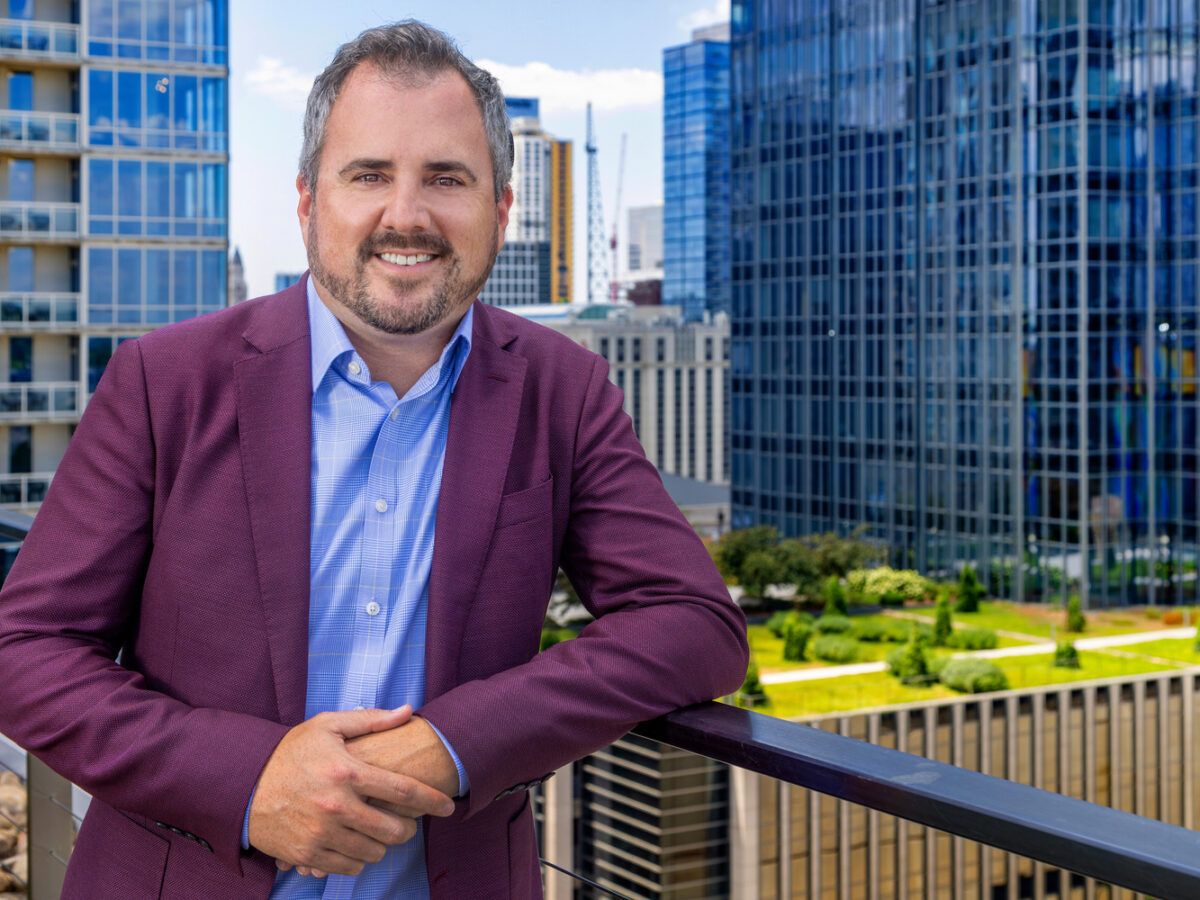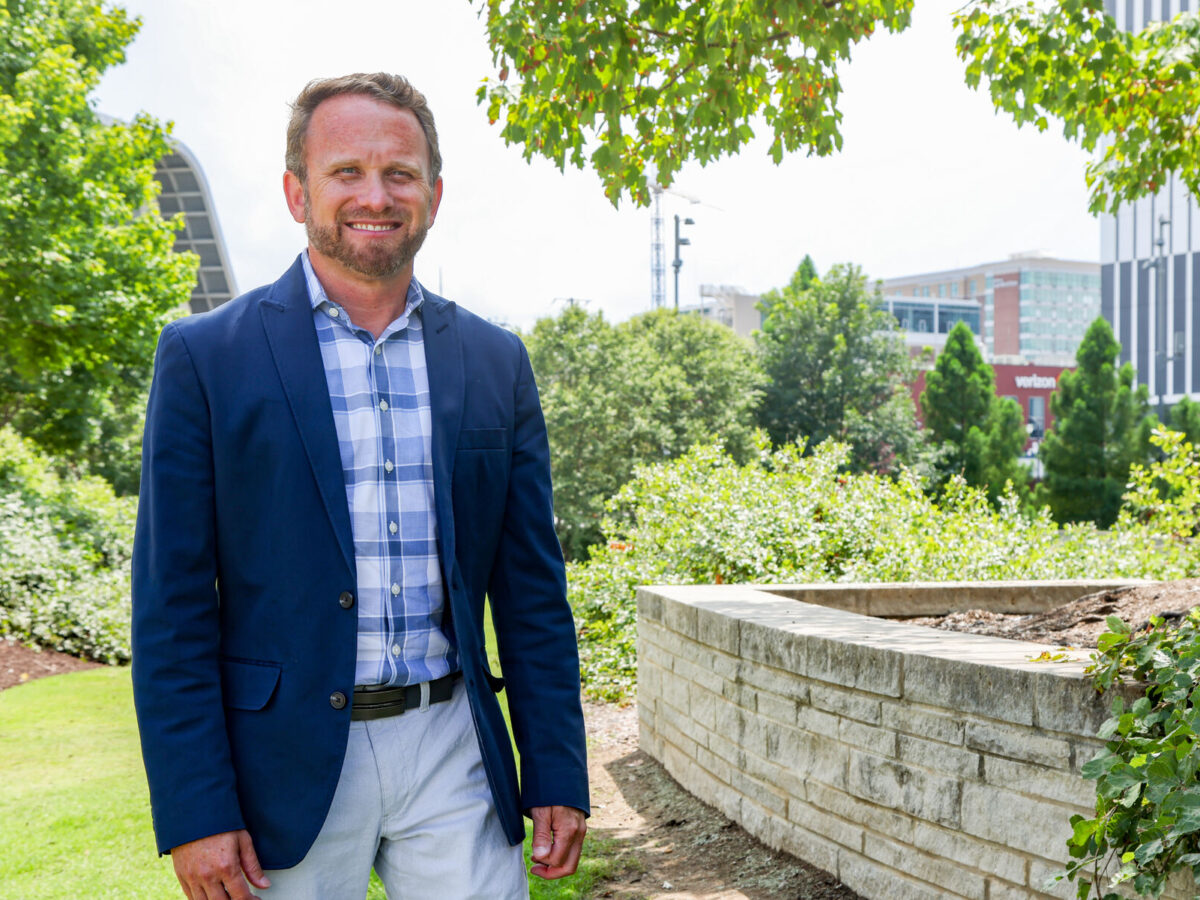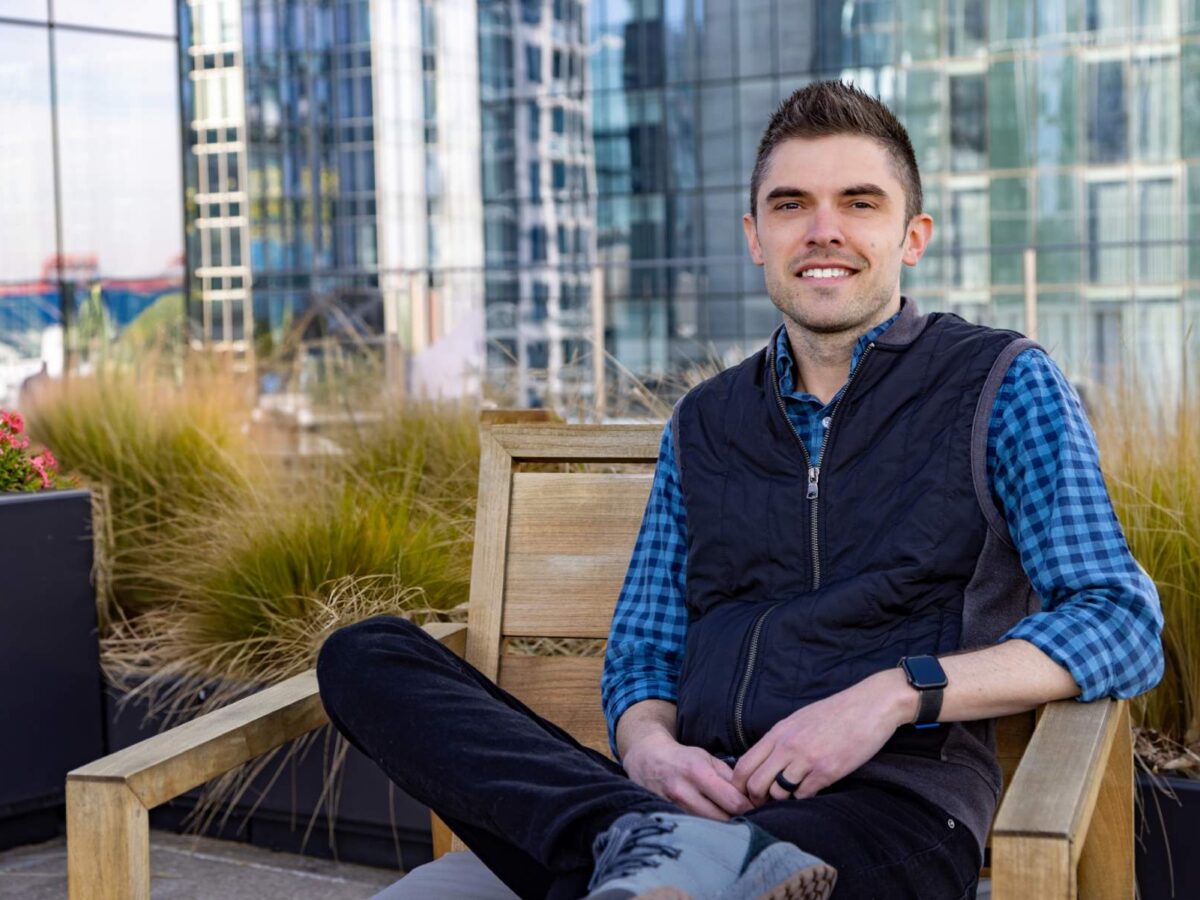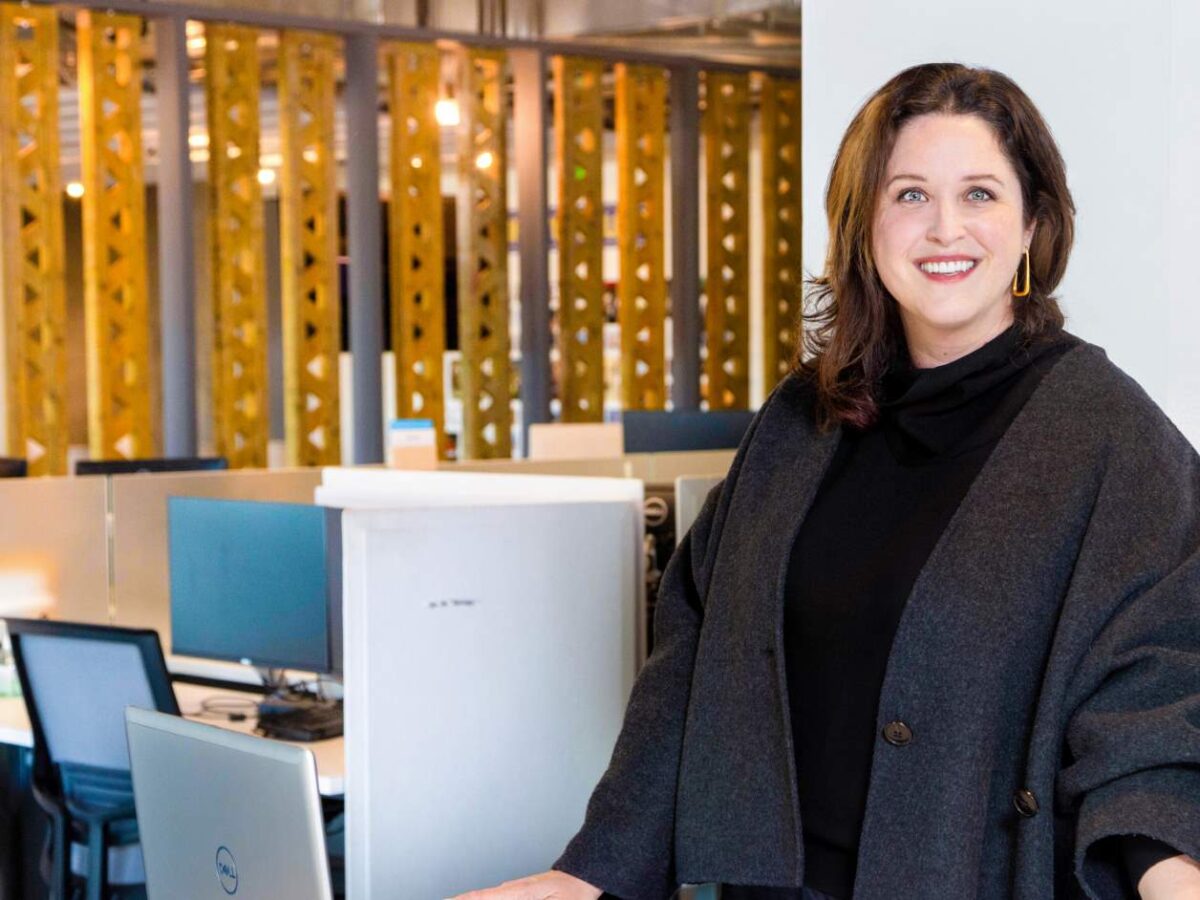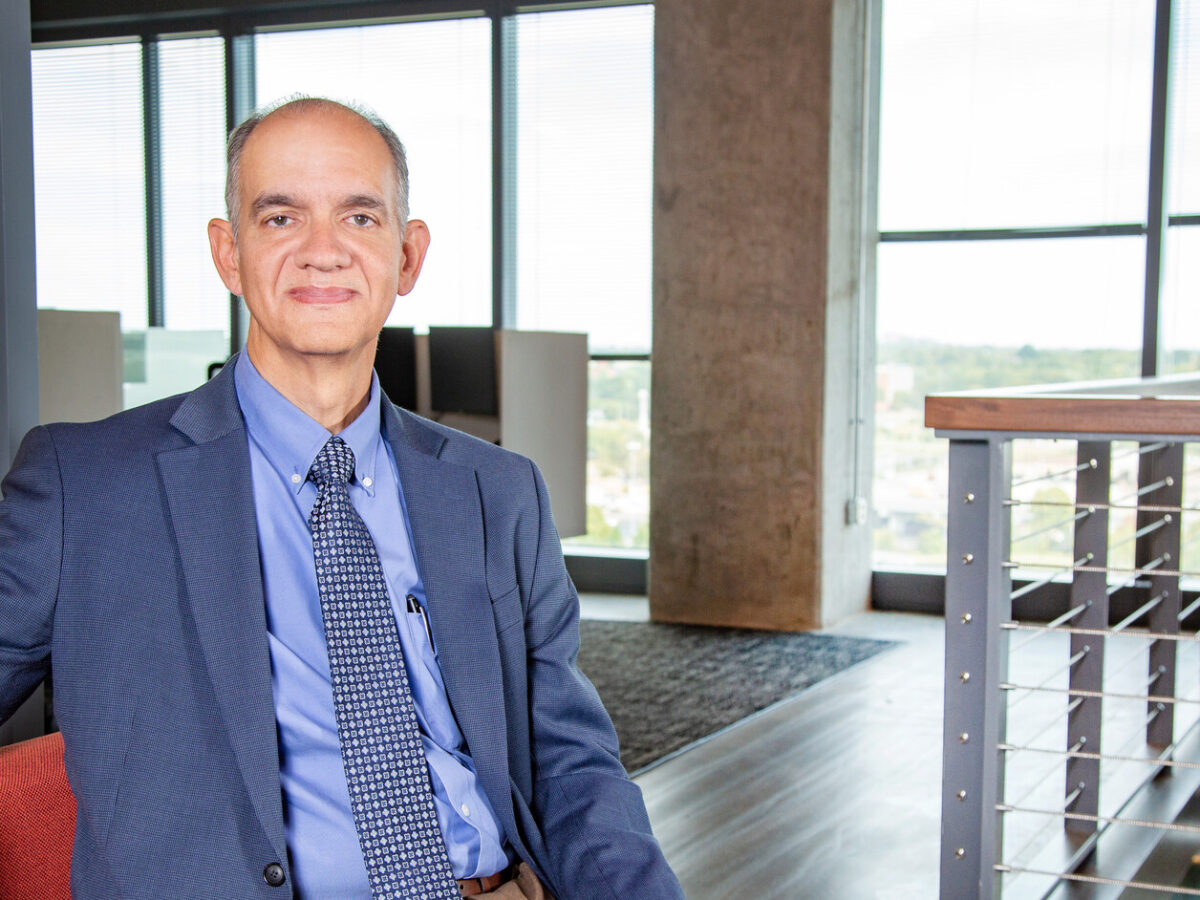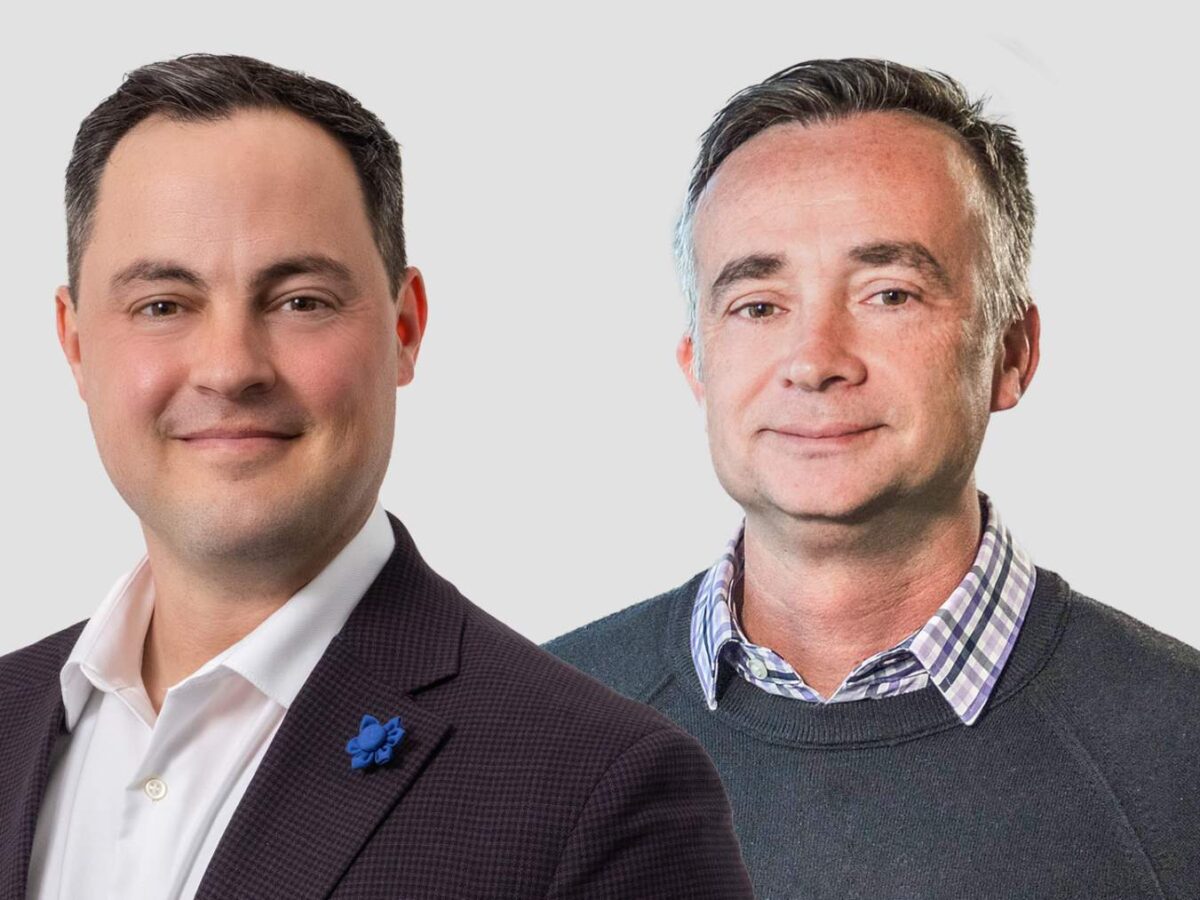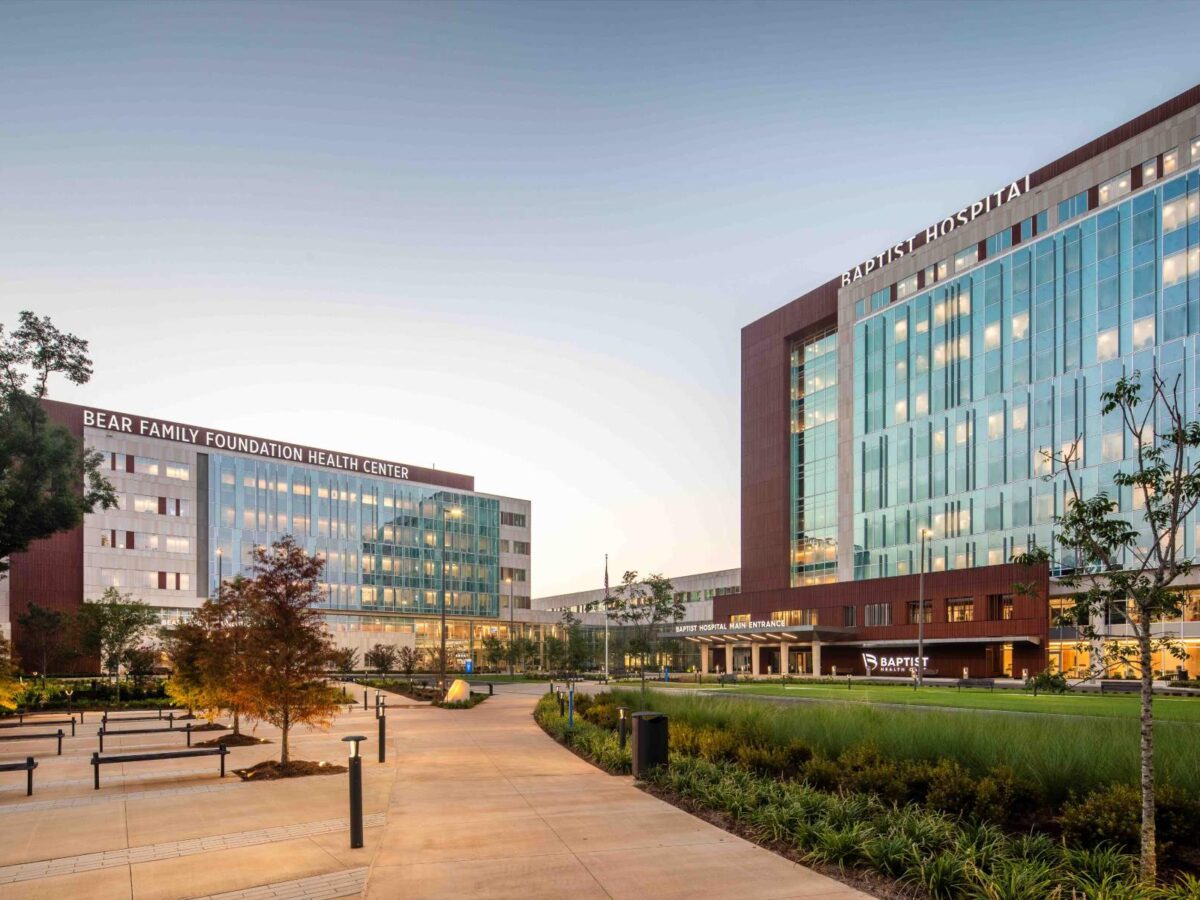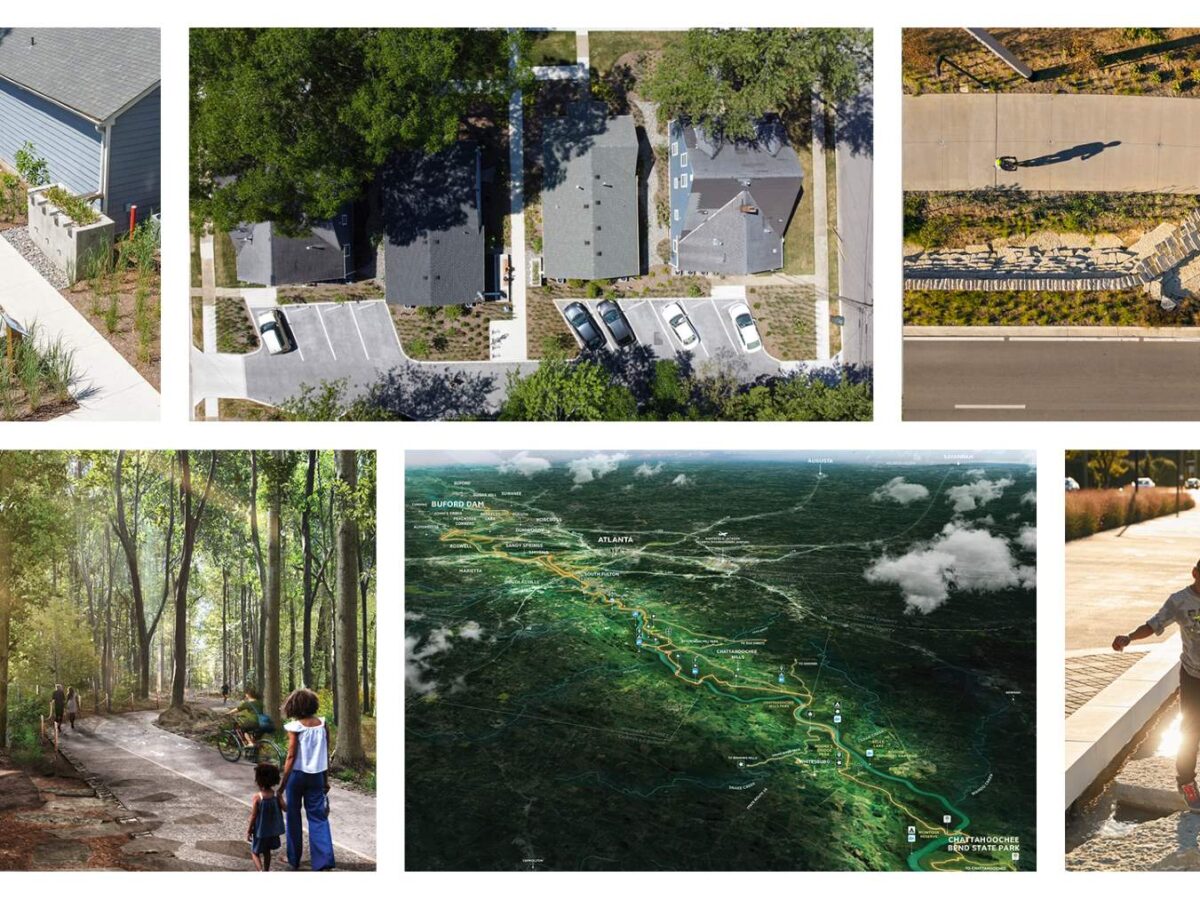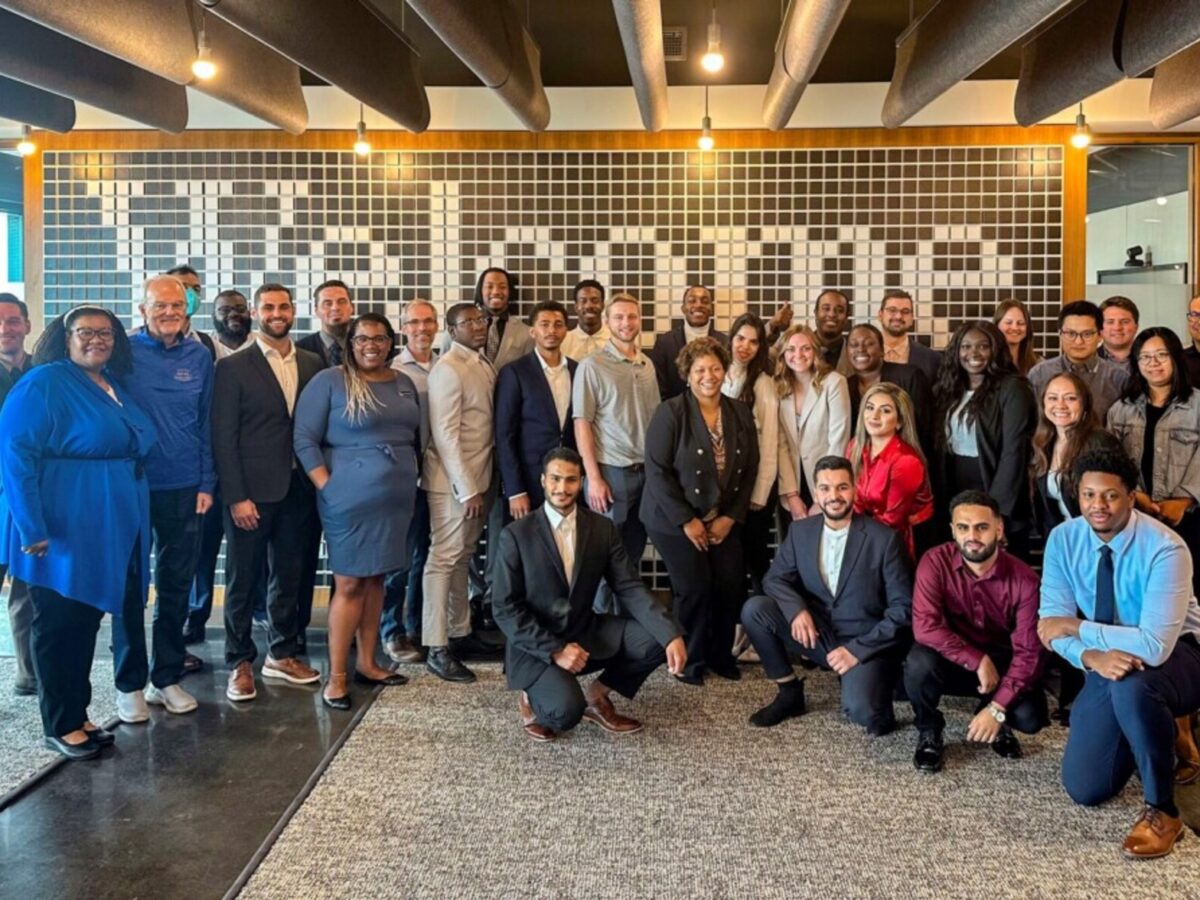“We need to make urban life more pleasant, agile, healthy and flexible. To do so, we need to make sure everyone, and I mean everyone—those living downtown and those living on the fringes—has access to all key services within proximity.”
— Professor Carlos Moreno, Founder of the “15-minute city” concept.
Although English town planner Ebenezer Howard envisioned the “Garden City” in response to the need for improvement in the quality of urban life in the late 19th century, it was French-Columbian professor Carlos Moreno who more recently developed the idea of the “15-minute city.” His concept advocates cities should be designed—or redesigned—so within a 15-minute walk or bike ride from their front door, people can live the essence of what constitutes the urban experience. In other words, close proximity to work, housing, food, health, education, culture and leisure.
In order to create a 15-minute city, Moreno suggests we need to take a long, hard look at how we use our space, what the space is for, and who is using it. His concept, which has been referred to as urban planning’s new utopia, calls for us to rethink cities around four guiding principles that are the key building blocks of the 15-minute city: Ecology—for a green and sustainable city; Proximity—to live with reduced distances to other activities; Solidarity—to create links between people; and Participation—which involves citizens in the transformation of their neighborhood.
The first city to adopt the 15-minute city concept is Paris. In fact, Mayor Anne Hidalgo has gone as far as to suggest a “big bang” of proximity for the “City of Light” that includes massive decentralization, developing new services for each of the districts, a reduction of traffic by increasing bike lanes, new economic models to encourage local shops, transforming existing infrastructure and building more green spaces.
I recently sat down with my Gresham Smith colleague Louis Johnson, an urban designer in our Land Planning market, to talk about the concept of the 15-minute city. In this post, I share some highlights of that discussion.
Jessica Lucyshyn: One of the guiding principles of the 15-minute city is solidarity. As solidarity ultimately establishes equity, how does equitable design—or design for all—factor into the 15-minute city?
Louis Johnson: I think that’s a really great question and maybe even the question. As Carlos Moreno pointed out, for the 15-minute city to truly work, it needs to work for everyone—and in the most inclusive way. I’ve been thinking about that lately in terms of my own personal experience.
I live in a neighborhood where I can walk to restaurants, public schools and the YMCA, for example. But there are people who work in those establishments who can’t afford to live in my community and some of them don’t own a car. And if you don’t have a car in my community, then you can’t get to the grocery store or across the city because the transportation infrastructure isn’t set up for that.
When we think about the 15-minute city and how it fosters solidarity through equitable design, we have to address the symbiosis of: How do the people who work and support these businesses and organizations allow my 15-minute city to work? How do they exist in my 15-minute city and how are they included there?
I think those questions represent significant challenges in our communities, especially when it comes to zoning, transportation infrastructure and housing affordability. I believe for the 15-minute city concept to work for everyone, we need to totally rethink our zoning codes, transform our transportation networks, and dramatically alter our approach to fundamentals such as housing, medical services and school quality.
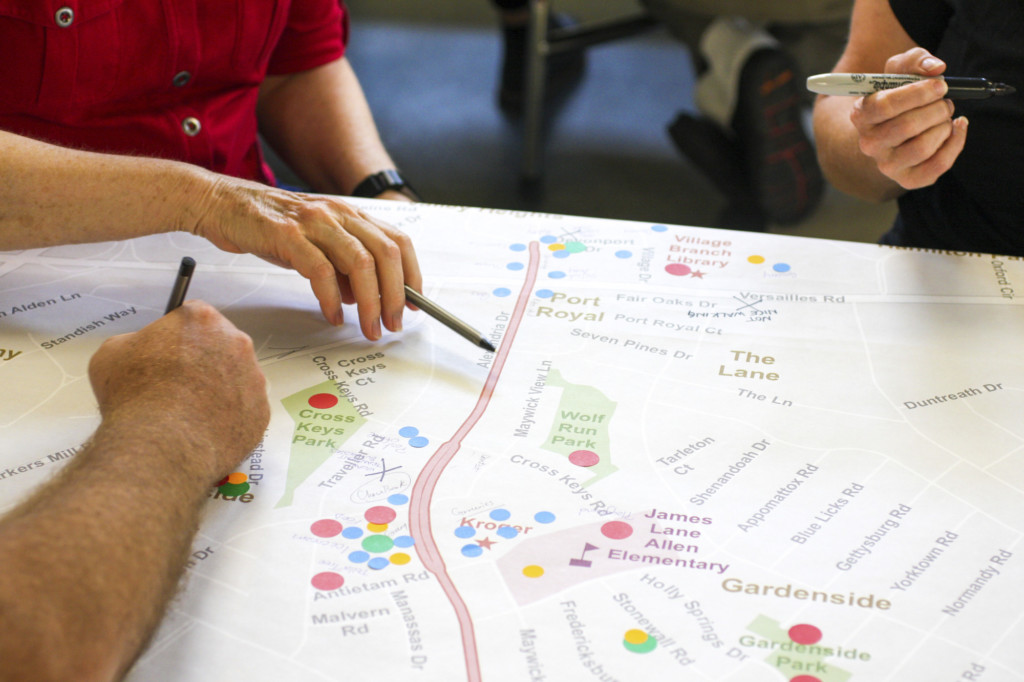
Jessica: Do you think each 15-minute city will require different approaches to address their equity needs?
Louis: Absolutely. For instance, many of the schools in West Louisville are low-performing. To make the 15-minute city work for those neighborhoods, schools there and across the entire city need to be high-performing or at least significantly improved. Also, the jobs aren’t in that area and neither are grocery stores and commercial uses. Of course, the catch-22 is these things will ultimately drive up land values, which would displace people. So, again, housing affordability is critical.
Where I live today, we have access to good schools as well as commercial and retail. But affordable housing doesn’t exist, and transportation networks are poor and only function for cars. Therefore, that would all need to be rectified so people can afford to live in the community in order to support the services we need to function.
Jessica: Given the equity component, what in your opinion is the key to creating a successful 15-minute city?
Louis: Along with providing good schools, parks, high-quality medical care and access to food, I think scale is critical. For example, not every neighborhood needs a hospital, but they might need basic access to medicine or a place where they can go and get a checkup. The same thing applies to parks. Not everybody needs a huge waterfront park but we do need neighborhood parks.
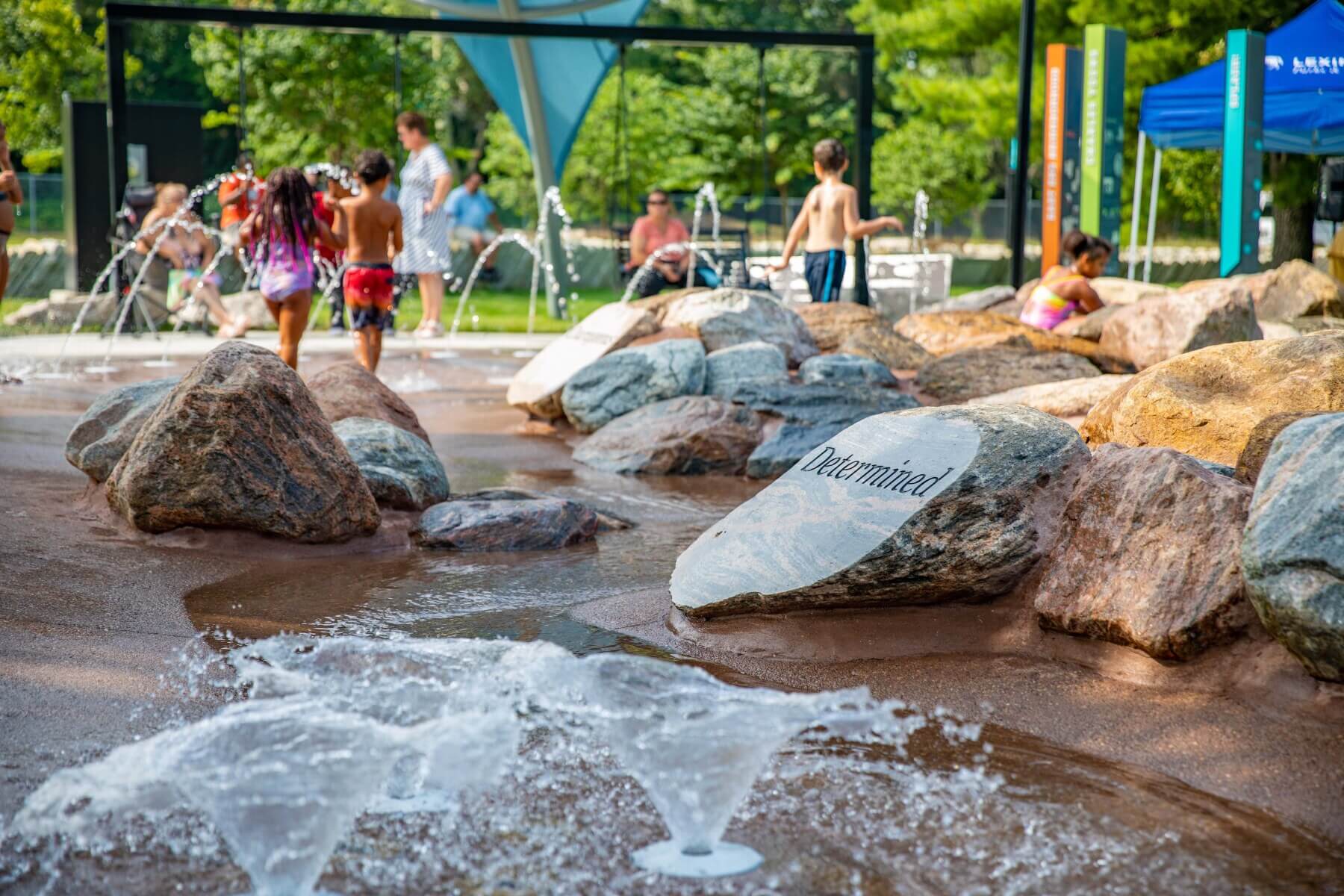
Jessica: How can today’s urban planners, landscape architects and civil engineers help make the 15-minute city concept a reality?
Louis: I think we can do this in a number of different ways. Perhaps the No. 1 way involves our day-to-day projects and always front-loading an equitable approach to our work. For example, if we’re working on a commercial development, we shouldn’t just be thinking about where customers are going to park their cars. We need to be thinking about the experience of the people who work there and the overall value to the surrounding community. That is a foundation that should always be applied to every project.
It all boils down to understanding a community and its specific challenges. And I think that’s something that every city in America fails to do in some way. For instance, we have huge needs for affordable housing in almost every city you can think of, but zoning is not in place. And without zoning you cannot build.
I recently read that 70% of my county is zoned for single-family housing—that is an enormous amount. What that means to me is there’s not enough opportunity for diverse housing types, which would allow more people more access to more places.
At the end of the day, I really like to think about how we as planners, designers and engineers have the ability to give people more freedom. Freedom in their ability to move about the city. Freedom to live in different parts of the city. And that means giving people access to things within their price range or transportation networks that work for what they can afford.
I also think it’s vital to have a solid understanding of the broader networks of infrastructure like transportation and stormwater. We need to consider how those things work together and design systems so they can be based on the community’s needs, which are going to be different everywhere.
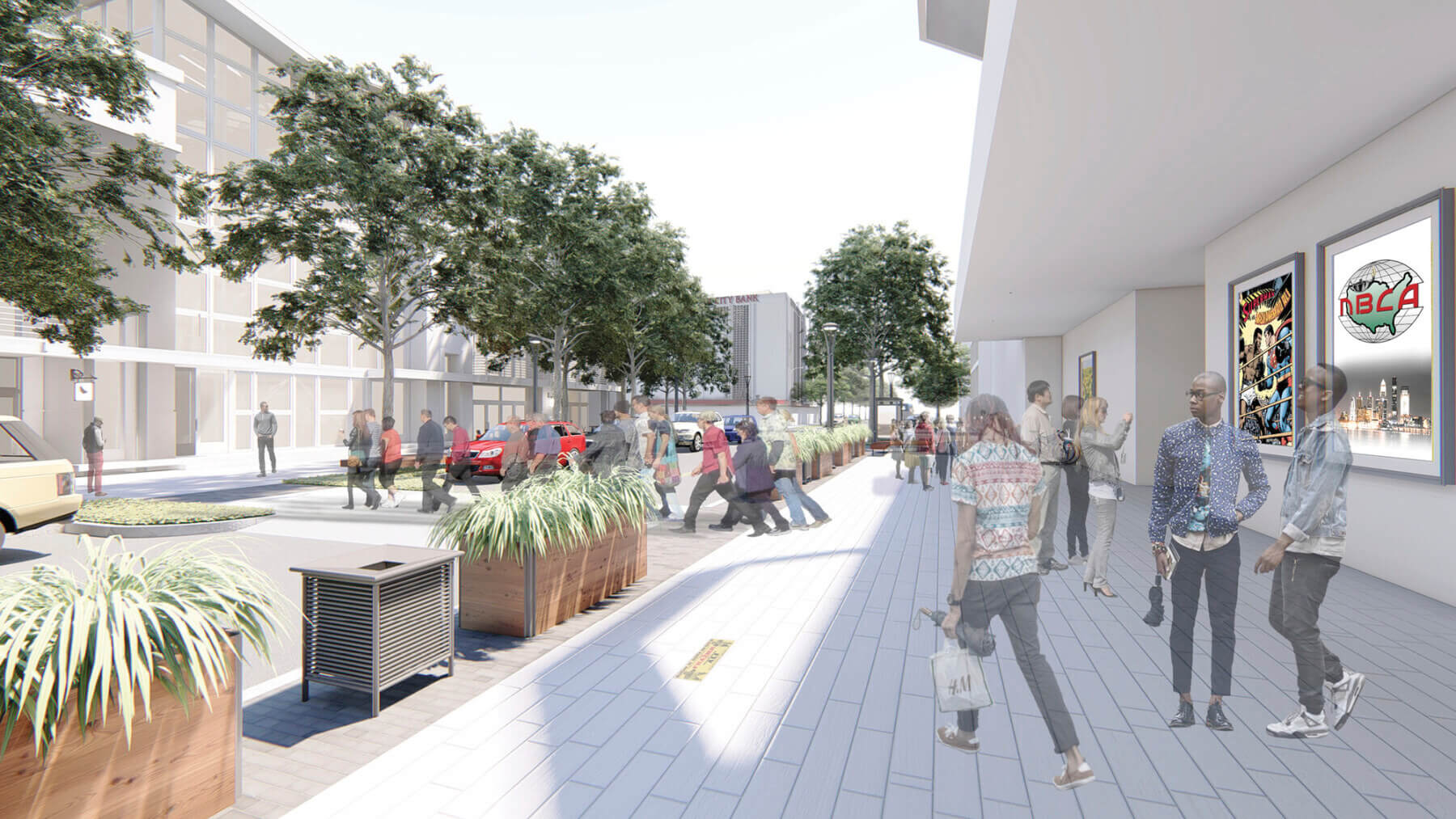
Jessica: When you talk about freedom and access, it makes me think of outdoor spaces. It’s something we’ve been talking about a lot over the past few months in light of the pandemic and how that figures in. How do you think outdoor spaces factor into this concept of a 15-minute city?
Louis: As a totally biased landscape architect, I think it’s the most important thing! It’s interesting, because when we think about 15 minutes, we’re specifically talking about walking and biking. But think about a 15-minute city where the walk is beautiful, and a 15-minute city where there isn’t a single tree. Those are totally different experiences.
For the 15-minute city to work, especially for those who are lucky enough to have modal choices and just get in a car and drive if they want to, we have to create an environment that pulls people outside.
It’s been proven time and time again that people simply want to get out and walk. You see that with pedestrian bridges built across rivers in cities like Louisville and Nashville—people just walking back and forth across the bridges. They’re not necessarily going to a lot of places via those bridges; they’re just enjoying walking.
People will literally walk up and down in the gutter in my neighborhood just to have somewhere to walk. So, if we build the infrastructure that allows them to get out and walk in a dignified, comfortable and maybe even inspiring way, to me, the limits are totally untapped. There are so many people who are going to participate in that sort of lifestyle if we build the infrastructure in such a way that encourages it.
However, there’s an equitable approach that needs to be considered as well because some people simply can’t afford to get in their car and drive elsewhere if a walk is unpleasant or unsafe.
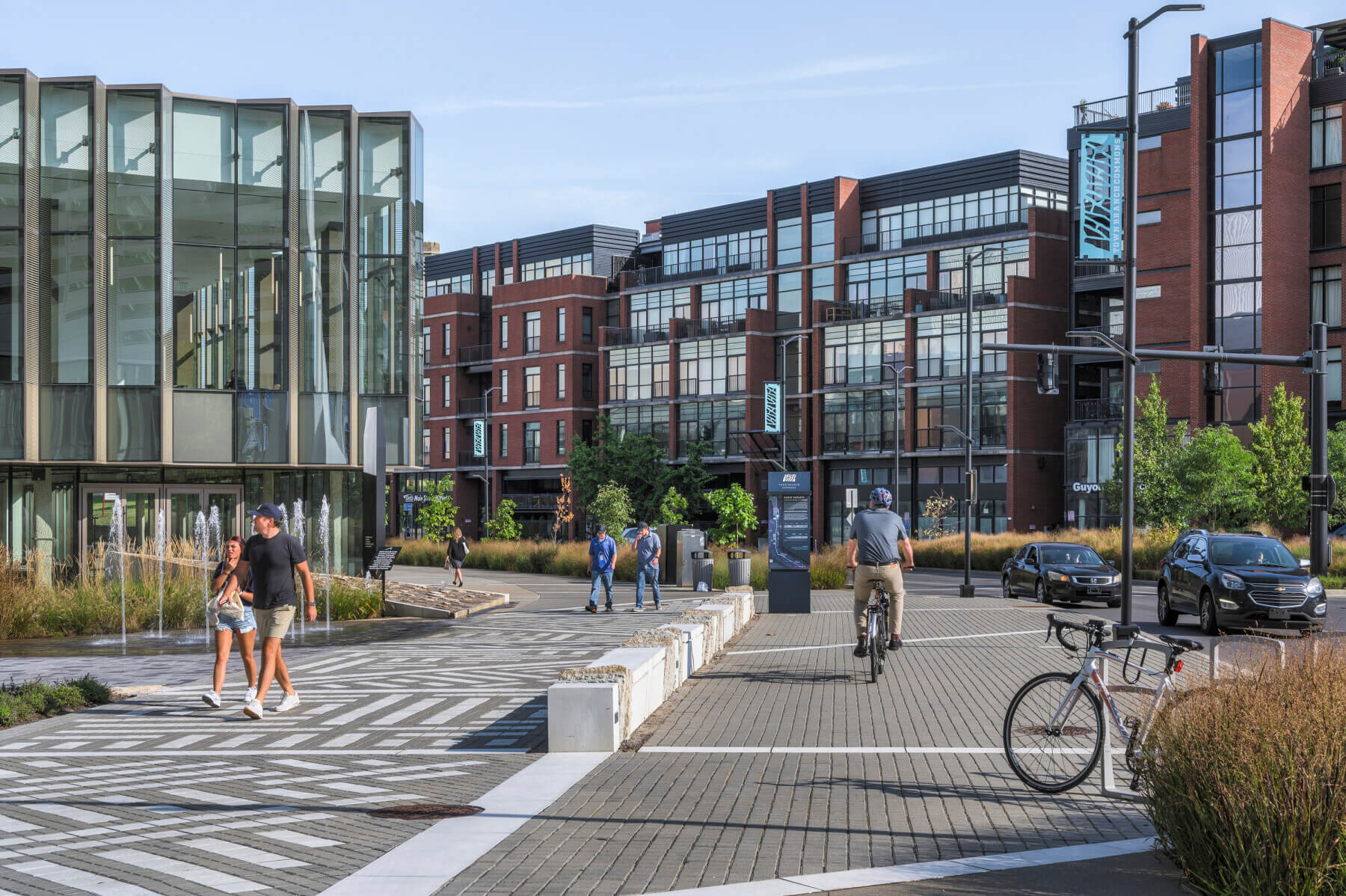
Jessica: Looking at the big picture, in what ways will designers impact the future of cities in this post-pandemic reality, keeping in mind this 15-minute city idea? How do you think we can make a difference?
Louis: Ultimately, I believe the importance of open space and shared spaces is something that’s going to stick around post-pandemic. And the cities that have invested in their public spaces are reaping the benefits of that. The ones that haven’t have become socially disconnected and are struggling. We’ve seen that in a lot of smaller towns in Kentucky during the pandemic.
We were working on a project in one small town in Kentucky, for example, where the restaurants suddenly didn’t have enough space for their customers because of the COVID-19 restrictions that were put in place. So, we worked closely with the City to come up with ideas to create more space on the street. It may seem like a relatively simple concept, but I believe this approach will have an impact in that it will start changing the way our city spaces look in the future and make a difference in the quality of people’s lives as they begin to experience the value of it.
